




Across social media, brands clamour for attention in a vast, dynamic space where the challenge of deciphering the ever-changing attitudes and trends of billions of users worldwide is one faced daily.
However, COVID has driven more people online than ever, and opportunity is ripe for brands to answer these hungry calls for connection. With people spending more time online and social media becoming a substitute for the interactions that were no longer possible in the pandemic, brands are discovering new ways of connecting with their audiences.
As we slowly escape the pandemic, the future of social media and the role brands play in it is hazy. To help us decode the fickle nature of social media, we asked our global Bulbshare community. Here’s what our insight community have to say about how brands need to adapt to an evolving online landscape…

Brands are welcome! So long as they follow the rules…
First, some good news. 88% of Bulbshare users responded positively when asked if brands should use social media to establish a connection with customers. Whether users may actively follow brands or not, there is an expectation that brands will enter these online spaces. However, consumers do have certain lines that they expect brands not to cross. Among the most critical concerns cited by users was privacy. Brands are welcome so long as they respect users’ data and privacy.
Bulbshare user, Male, 20 🇬🇧
Bulbshare user, Male, 69 🇬🇧
Bulbshare user, Female, 39 🇬🇧
Keep people up to date
Among some of the most popular reasons cited for following brands is a desire to stay updated on what’s new with the brands they love. For brands consumers already enjoy, following them on social media is an opportunity to be the first to know about new deals and offers, as well as being part of competitions and other brand initiatives. Unique interactions and exciting content from brands can be enjoyable for consumers and is important for building awareness, but when it really comes down to it, consumers often just want to be in the loop!
Bulbshare user, Male, 25 🇺🇸
Bulbshare user, Female, 46 🇬🇧
Bulbshare user, Male, 39 🇬🇧

Are influencers truly the answer?
Brands have often made influencers the focal point of their online strategies, but with only 8% of Bulbshare users reporting that they primarily follow influencers – whereas 12% primarily follow brands – it begs the question whether influencer marketing is the sole strategy for reaching audiences. Instead, 84% of our insight community preferred the recommendations of family and friends and 85% believed in the power of consumer advocacy. Word of mouth advocacy and customer communities, then, are the future of social media. Check out our blog on influencer marketing vs word of mouth for more.
Social purpose is key
It should come as no surprise that for consumers, social purpose is critical. Brand activism is important to the modern day consumer. And let it be noted that there can be consequences for brands who flout this unwritten mandate in the form of backlash and rejection.
To find out more about the importance of brand’s being involved in these conversations, read our blog with L’Oreal UK & Ireland on diversity and inclusion.
Bulbshare user, Female, 50 🇺🇸
Bulbshare user, Female, 34 🇺🇸
Bulbshare user, Male, 39 🇬🇧
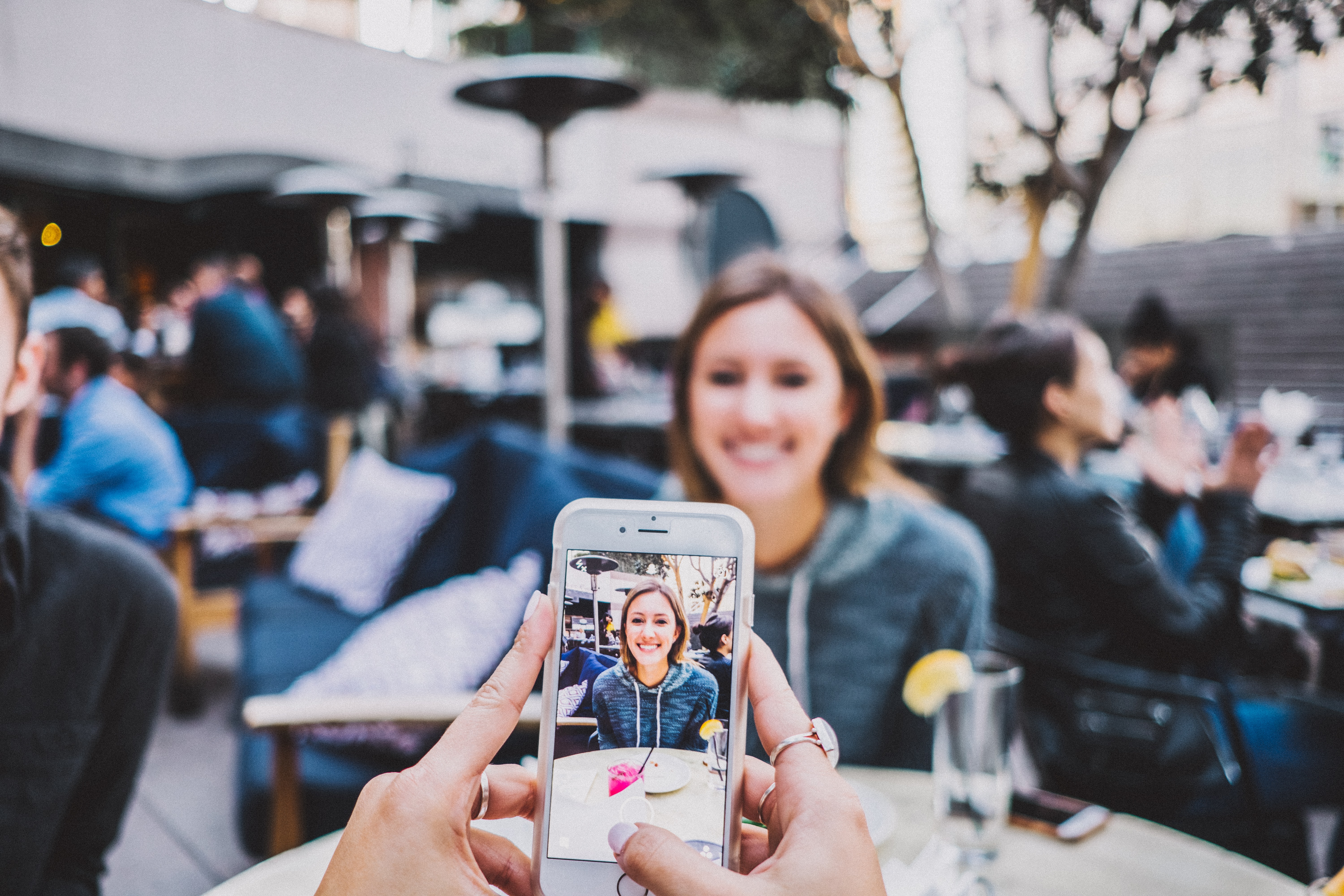
Focus on building online communities
Ultimately, users seek online communities with brands more than just benign social media comms. While being on social media is valuable for a brand in increasing awareness and engagement, a holistic online marketing strategy is incomplete without engaging the consumer in an online customer community. In fact, 77% of respondents believe that all brands should have online customer communities going forward and 71% believe that the brands that do are better for it.
For more information on the power of customer communities, head to our blog.

Once upon a time, when Instagram was in its infancy, the dark arts of influencer marketing were a trade secret. Now, the cat is out the bag.
Gen Z are increasingly sceptical about the transactional relationships that define influencer culture and are wising up to warning signs of inauthenticity: #ad, #sponsored, #prpackage. No longer are users fooled by promises of an aspirational life that will transpire at the click of the affiliate link. As they lose their authenticity cachet, have we seen the end of influencers?
Influencer marketing has become a critical piece in a marketer’s tool belt and has rapidly grown into a whopping $10 billion industry. Businesses have funnelled inordinate sums of money in the hope that influencers will leverage their authority and relationships to promote their brands.
But are we beginning to see a shift in attitude towards influencers? Do their voices really make a difference to consumers? And will a shopper actually be more inclined to purchase a product based on a paid promotion? We asked our global customer collaboration community whether they believe that utilising influencers is an effective tactic. Here’s what they had to say:
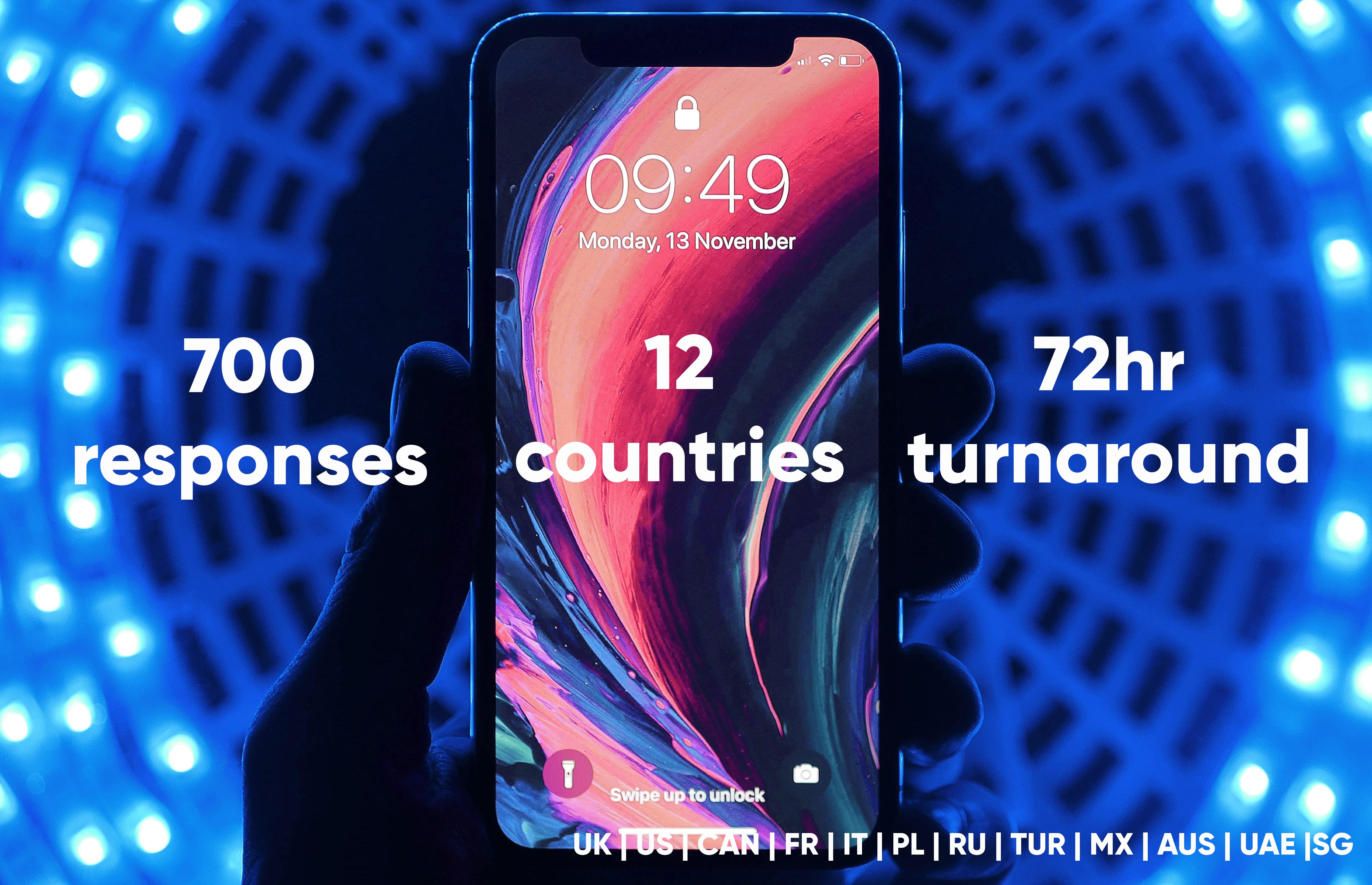
A dwindling influence…
60% of our respondents reported they had never made a purchase based on an influencer’s social media content. And anecdotal responses reported further scepticism towards social media content or recommendations based on paid or sponsored posts.
Bulbshare user, Female, 19 🇺🇸
Bulbshare user, Female, 23 🇬🇧
Bulbshare user, Female, 47 🇬🇧
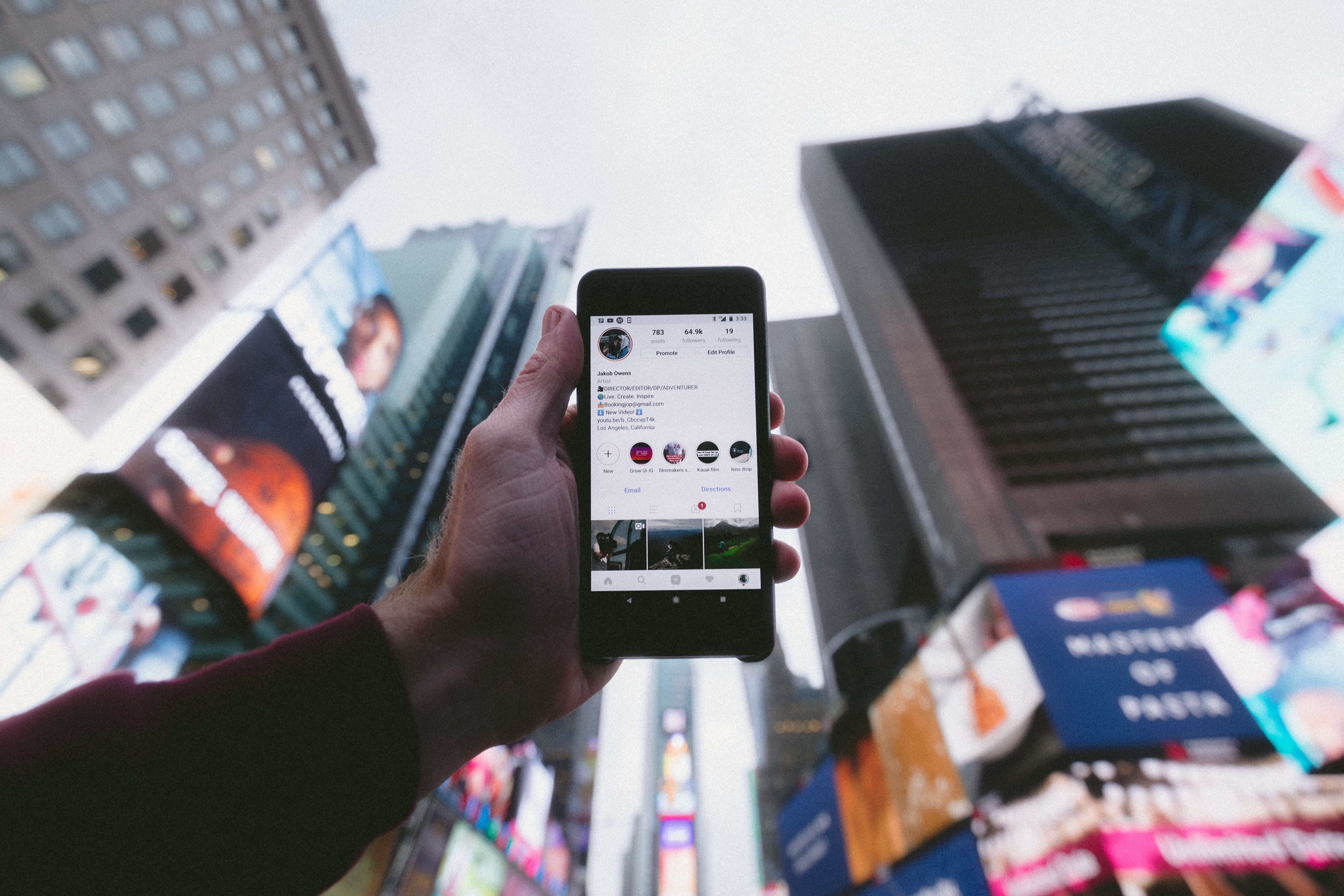
Trust
Our respondents showed a sharp divide in regards to trusting influencers – with only 35% of respondents expressing an unequivocal “Yes” on whether or not they believe influencers are still ‘authentic’.
Bulbshare user, Male, 17 🇬🇧
Contrastingly, around 30% of our customer communities expressed a confident “No” and the remaining 35% felt influencers could only be trusted in certain situations, such as product recommendations. While, overall, this indicates that some level of trust still exists – we can certainly see a growing sense of awareness around the nature of how influencers work.
Bulbshare user, Male, 36 🇬🇧
Bulbshare user, Female, 28 🇺🇸
Bulbshare user, Male, 21 🇦🇺
Bulbshare user, Female, 24 🇬🇧
Only in it for the money?
The primary concern Bulbsharers noted about influencers was the belief that they are disingenuous, superficial and only interested in getting a paycheck. This sense of ‘influencer avarice’ discouraged consumer purchases.
Bulbshare user, Female, 32 🇬🇧
Bulbshare user, Male, 18 🇨🇦
Bulbshare user, Male, 22 🇦🇺

But social purpose is the exception
While many of our respondents felt that influencers are only interested in making money, there was a notable trend of trust towards influencers who “use their powers for good”. Influencers who advocate for causes and emphasise a positive social purpose appear to be more trustworthy than those who do not, according to our consumer surveys.
Bulbshare user, Female, 23 🇦🇺

Personal relationships reign supreme
84% of our product reviewers reported being more likely to make a purchase based on the recommendations of family or friends over that of an influencer. If online personalities are perceived as inauthentic, then recommendations from those in one’s own personal circle wield the ultimate authenticity. This perception of friends and family as the ultimate ‘influencers’ shines a light on the continued value of genuine customer advocacy and community-generated content.
Bulbshare user, Male, 25 🇬🇧
Brand tool-kit:
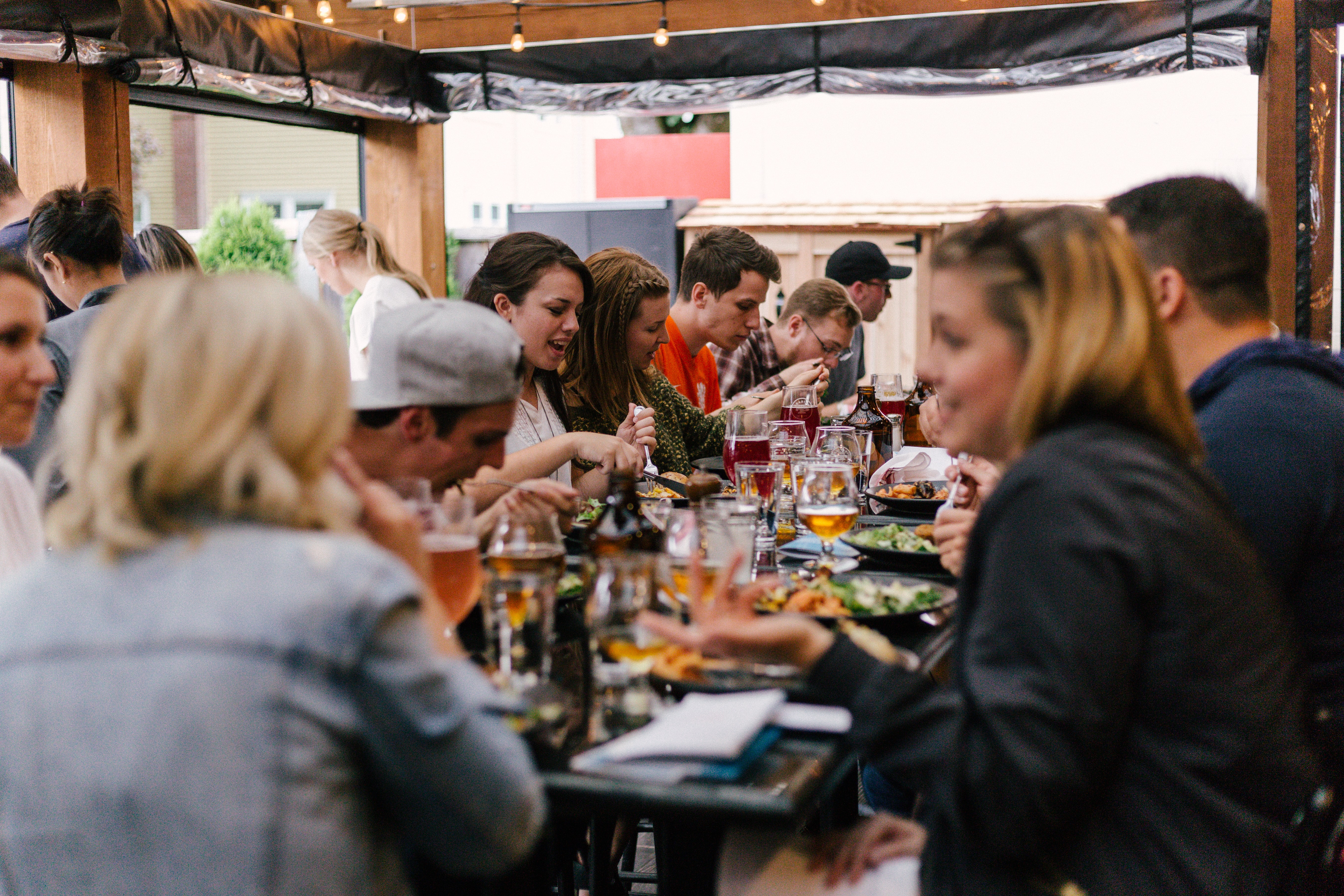
From a bigger focus on health to cutting back on spend, COVID-19 has had a dramatic impact on how we approach food. For millions around the world, it’s changed how shop for, plan and eat our daily meals and transformed our attitudes to eating out.
As we continue to emerge from a world rocked by coronavirus, we asked our global consumer community about the changes in attitudes and behaviours they’ve observed over the last six months when it comes to food. From our responses, we’ve identified seven global food trends that are having real global impact in the wake of COVID-19 – plus a five-step brand tool-kit telling you how your brand or organisation can react.
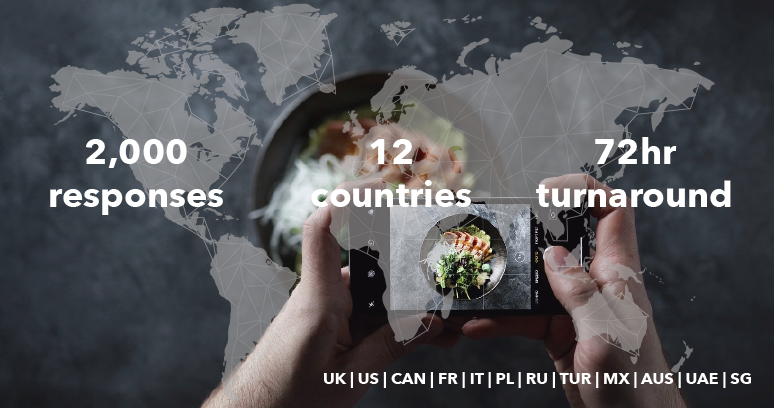
Keeping it local
Shopping local has been gaining momentum over the last few years and it’s only getting bigger in the wake of the coronavirus. With our global markets reporting over 70% participation in more locally-sourced food shopping, it’s clear that buying local is a major priority post covid. Pre-pandemic, the key rationale around going local was a focus on sustainability, food miles and ethics. While these factors remain important, the impact of COVID-19 has shifted motivations slightly: shopping locally is considered cheaper, when more and more of us are cutting back; it supports local economies in a time of economic upheaval and increased community spirit; and is healthier at a time when people are more focused on boosting immunity. All these factors featured heavily in our study.
Bulbshare user, 21 🇲🇽
Bulbshare user, 30 🇸🇦
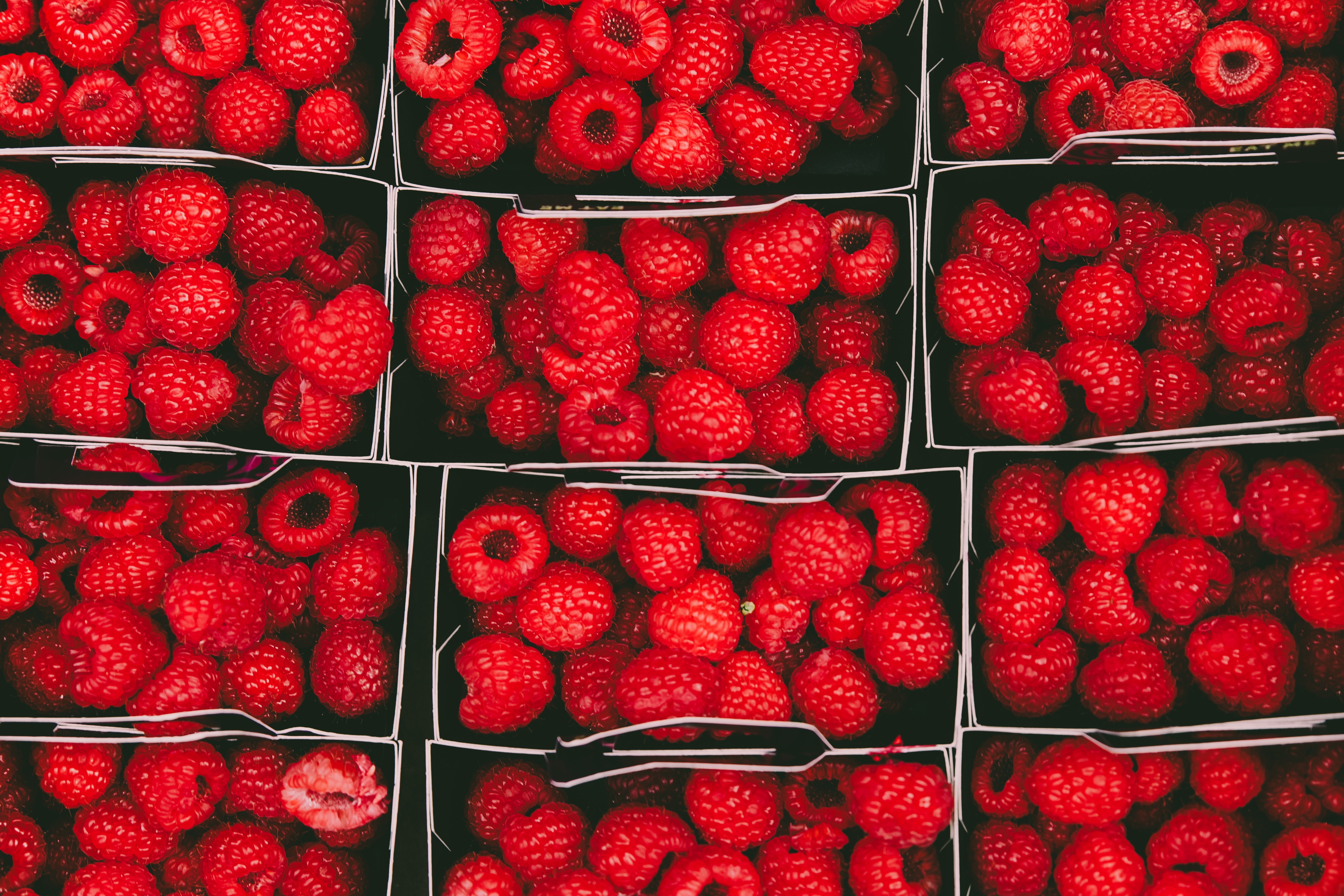
Zero waste
Linked to similar motives around sustainability that have inspired our local shopping trend, we have also observed a significant move towards zero waste. For example, Brazil reported over 85% participation in zero-waste food shopping and over 64% of Malaysians emphasised greater sustainability in their weekly shop. While this has been a growing trend in recent years, we have seen an increased awareness of the environment impact of food post lockdown, as people have been cooking more from scratch, travelling and eating out less and considering the positive environmental impact of this.
Bulbshare user, 58 🇬🇧
Bulbshare user, 30 🇵🇱
Veganism, veggi, flexi
While vegan, veggi and flexi diets have been on the rise in recent years, we’ve definitely seen a spike in a move towards plant-based eating as a result of covid. This can be put down to an increased focus on health combined with more time spent cooking at home and, consequently, a move towards trying out new dishes and new diets. Our consumer survey reported 55% of UK respondents using meat substitutes post covid, and 57% of Malaysians replacing dairy products.
Bulbshare user, 29 🇲🇽
Bulbshare user, 35 🇵🇱
From the garden to the table
Gardening and growing at home are officially booming! As the pandemic has forced many people indoors and anxieties remain high around going into public for fear of close contact, many of our digital customer communities have been growing their own food at home. And why not? It’s good for you – physically, mentally, AND financially. Growing your own is a trend we see becoming increasingly prevalent in 2021. Watch this space for a follow-up piece exploring the home-grown phenomenon…
Bulbshare user, 34 🇬🇧
Bulbshare user, 36 🇵🇱
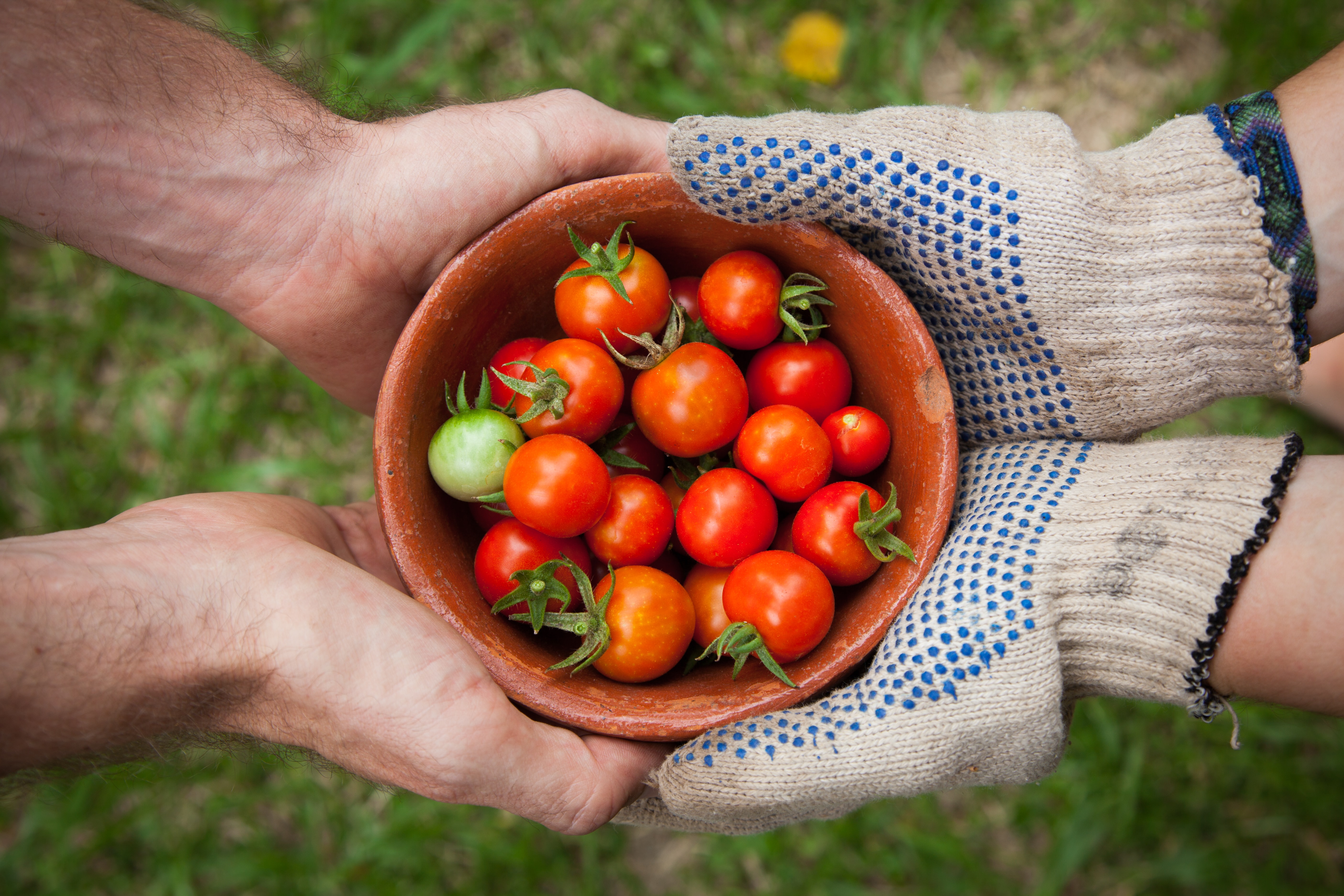
The hottest new restaurant: Your dining room
With restaurants having been shut down and/or operating capacities greatly curbed (along with fear of infection keeping people away), our digital research community has been cooking and eating more at home than ever before. Health, fear and financial anxieties have meant more and more people are replacing the restaurant with more elaborate home dining, utilising online recipes and food sites and bringing debonaire dining into the home.
Bulbshare user, 26 🇲🇾
Bulbshare user, 40 🇬🇧
Back to the basics (of ingredients)
Our customer survey communities have reported a heavy emphasis on going back to basics when it comes to food. Simple, healthy and natural ingredients are at the top of the foodie agenda for our community – with a notable rejection of anything considered processed and heavily synthetic. Preservatives, e-numbers and ‘hidden nasties’ were mentioned time and time again by our community and saturated fats and high sugar levels were top of the list of things to be avoided.
Bulbshare user, 49 🇵🇱
Bulbshare user, 34 🇬🇧
Disease Defence!
Boosting immunity and disease defence is high on the agenda when it comes to food shopping – being mentioned heavily in our open text responses. With not just health but ‘avoiding sickness’ being a high priority, our global respondents indicated a strong desire to eat foods with the intention of increasing their bodies’ natural defences against viruses and illness.
Bulbshare user, 46 🇲🇽
Bulbshare user, 28 🇲🇾
Brand tool-kit

Bombarded by marketing messages, social media advertising and branded content, millennials and gen Z have become all but immune to the clamoring voices of brands that simply fail to genuinely connect. This generation doesn’t look to the same agency-created content that previous generations did. When making purchasing decisions, they instead turn to online individuals: consumers, reviewers, friends and strangers, consistently shunning the traditional outlets of advertising. What this generation is paying far closer attention to and values far more highly is user-generated content (UGC).
It should come as no surprise that millennials spend a substantial amount of their time online, with estimates suggesting nearly 22 hours per week. Of that total, about 30% of it is spent consuming UGC, meaning millennials are constantly surrounded by content that’s created directly by their peers – and they put an incredible amount of trust in it. In fact, millennials report UGC being 35% more memorable and 50% more trusted than other forms of media. For millennials, UGC is substantially more authentic than other information they may find on the internet and is a stronger indicator of the quality of a brand and its products. They have no interest in seeing ad after ad cluttering their newsfeeds; they want to see what their friends have posted and shared. In short, this is a generation that’s far more interested in what their peers have to say about a brand than the brands themselves.
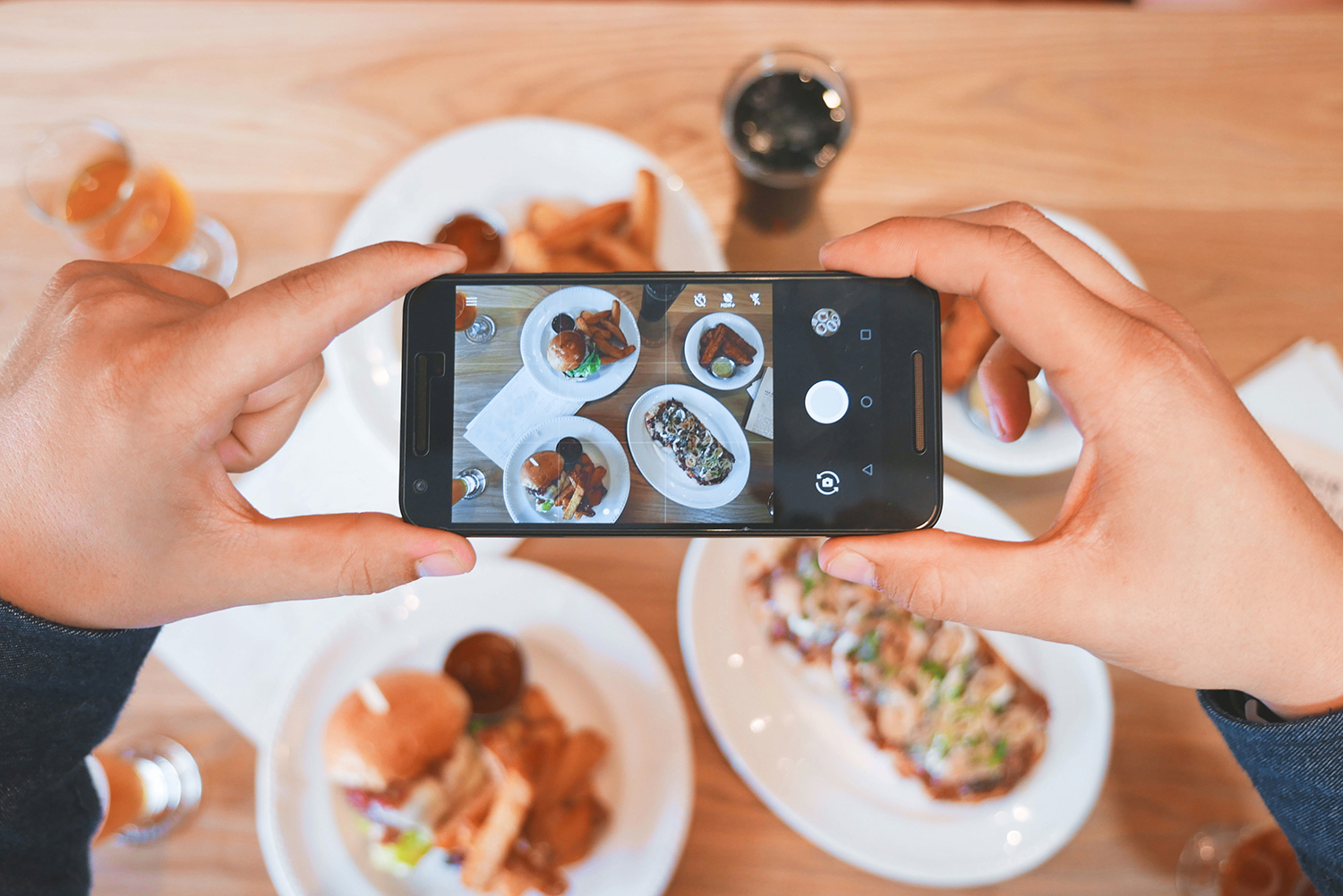
Now, while this lack of trust and tendency to shut out ads may make brands feel as though they’re unable to connect, it simply means that the approach needs to be different. Rather than relying on disruptive and, often, unwanted ads that don’t just fail to gain traction but are pointedly shut out with ad blockers, brands should be attempting to get the consumers to participate in the brand and share authentic experiences in the form of creative, effective and authentic user-generated content that resonates with young audiences. A case in point is Coca-Cola’s ‘Share a Coke’ campaign which was trailblazing in its simplicity: pulling consumers into the brand by putting names on its iconic bottles and encouraging consumers to share their experiences and enjoyment with the bottles on Twitter and other social media platforms. The campaign garnered 998 million Twitter impressions and 235,000 tweets.

Increasingly, smart brands are using user-generated content to drive authenticity, meaning and resonance with their audiences. These brands are swapping direct control control for the ability to discover the conversations that really matter for their audiences, as well as the types of content that resonate. They can invite their customers to participate in and share their brand story, and in doing so, can develop a positive, more democratic and more forward-thinking image.
In April 2014, Starbucks also entered the UGC field when it launched the White Cup Contest. Encouraging customers to doodle on their cups and submit photos of their drawings, with the winning cup’s design later being released on limited edition Starbucks cups, the campaign generated 4,000 entries in just three weeks, and substantial buzz around the Starbucks brand.
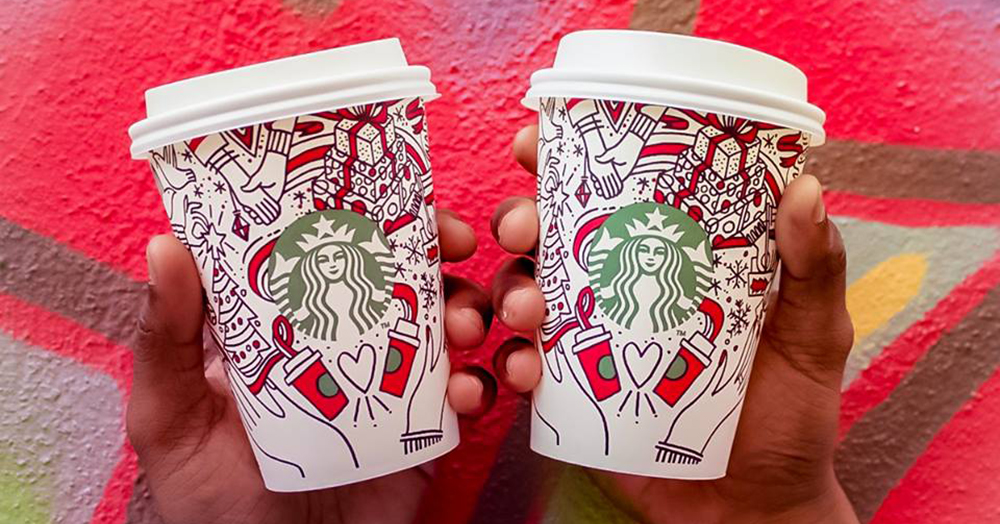
For brands and organisations, it is an inescapable fact that young audiences connect with user-generated content far more than they do traditional marketing messages, and if they want to properly connect to this burgeoning market, they’re going to have to learn how to capitalize on UGC to truly reach them. Read of our toolkit onto how to best use user-generated content in order to optimise its benefits and connect to millennials and generation Z.